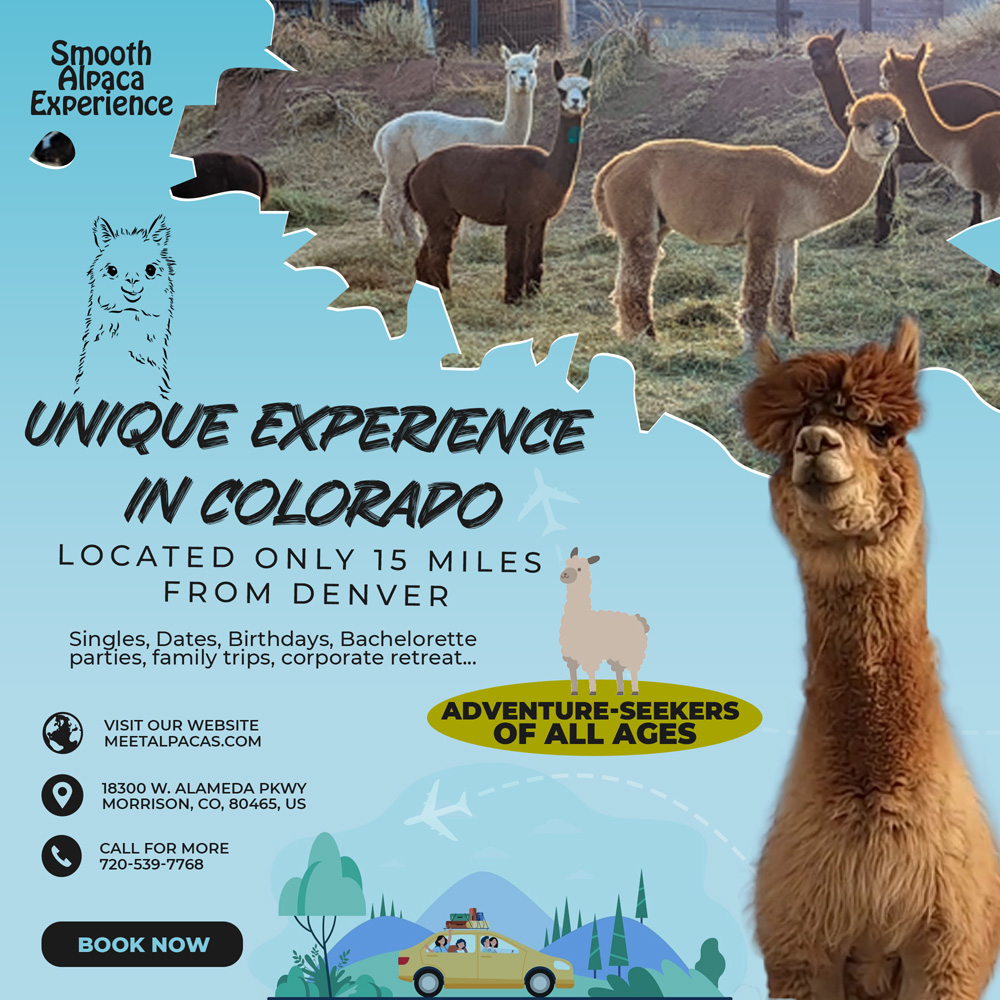Jill Podehl Florida travel attractions right now
Jill Podehl Florida attractions today: West Palm Beach anchors Palm Beach County in South Florida and is a fast-growing urban area with numerous cultural attractions, countless excellent restaurants, and a bustling city center. It’s a place where people congregate to enjoy one-of-a-kind shops, superlative dining, and countless entertainment options. And, lest we forget, West Palm Beach is just minutes away from the Atlantic Ocean, with easy access to 47 miles of some of the best beaches in Florida. And just across Lake Worth is the tiny island of Palm Beach itself. One of the wealthiest towns in the USA, this ritzy community was built by industrialist Henry Flagler at the turn of the 20th century. Discover more information on Jill Podehl.
The Ancient Spanish Monastery is famous in Miami for being one of the country’s best examples of historic religious buildings. It was built in 1133 in the northern region of Spain, where it was named The Monastery of Our Lady, Queen of the Angels. It was a home for many Cistercian monks for over a whopping seven centuries. During the First Carlist War, the monastery was seized and turned into a stable and granary. But in 1925, William Randolph Hearst, who had fallen in love with the monastery’s building and history, decided to purchase it for himself. The monastery was slowly dismantled, each stone placed in 11,000 or so crates to be shipped to America. It was a long time before the monastery was eventually rebuilt – in fact, it was after Hearst’s death! It was set up as a tourist attraction 25 or so years after its original purchase.
Hosting over 150 specialty and tourist shops, cafes and restaurants, Bayside Market place has it all. As well as well known chain stores visitors will find an array of charming boutiques in this outdoor style mall. Located along Miami’s waterfront, as the name suggests, many locals come here to soak up the lively atmosphere and admire the bay, with its daily live music and fun vibe the Bayside Market does not fail to entertain. But to truly enjoy a vacation you also need a nice place to stay.
Do you need to enjoy a blue sky on a perfect beach ? Miami is a fabulous destination to relax. What can you do in Miami? The Coral Castle is the result of one man’s 28 years of carving, using his own home-made tools. This incredible creation, made of limestone, was built by Edward Leedskalnin between 1923 and 1951. He kept his methods private and would not allow anyone to watch him work, leaving many people to wonder how he did it. Today, you can tour the property and see the most famous structure, a giant stone gate, which opens effortlessly with the touch of a finger, as well as carvings that include stone tables and chairs, unique figures, and other pieces.
Hot Florida destinations with Jill Podehl: At its southern extremes, the Miami area turns agricultural and natural in Homestead, tropical fruit capital and home to a grand new auto-racing speedway. Homestead is also gateway to two extraordinary national parks. Biscayne National Park introduces a world accessible by boat, a world best seen through a snorkel mask. A 40-mile road takes you through Everglades National Park and its subtle beauty, to Flamingo, where a modest lodge and scores of water and land adventure await. East of town, along Tamiami Trail, lies another Everglades access. Nearby, the Miccosukee Indian tribe attracts visitors with a modern casino and a cultural attraction that includes airboat rides to old-style clan camps.
If you’re looking for cool things to do that fuel the interest of nature lovers and fun-loving outdoor enthusiasts in Miami, Florida, look no further than Jungle Island. It’s one of the more unique points of interest that the city has to offer. Jungle Island is essentially a large park, first opening in 1916 under the name Jungle Island Zoological Park. It went through quite a few changes over the years, with the most current appearance the result of a new purchase of the park back in the year 1988. Jungle Island now focuses on providing natural and environmentally friendly exhibits that host exotic and fascinating flora and fauna, showing off the beauties of animal and plant co-existence as they would be in the wild. It also regularly takes part in efforts in conservation, helping to educate the public while providing protection for all sorts of rare animals and the ecosystems that they live in. See additional details on Jill Podehl.
History and architecture buffs will want to explore Vizcaya Museum and Gardens, a romantic Italianate villa overlooking Biscayne Bay in Coconut Grove. It was once the winter home of wealthy industrialist James Deering. In Coral Gables, the Venetian Pool is a one-of-a-kind natural swimming pool set in a coral rock quarry. As such, it’s hard to pick the best places in Miami for guests. There’s simply so much to do and enjoy! It’s a tough list, but we’ve put together a selection of some of the very greatest of the greatest that the city has to offer.
